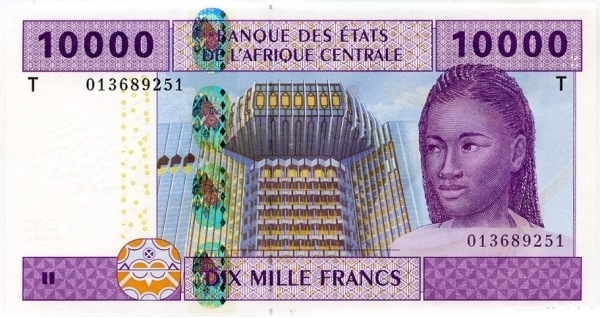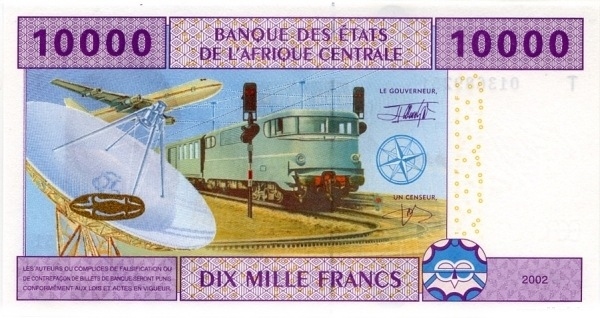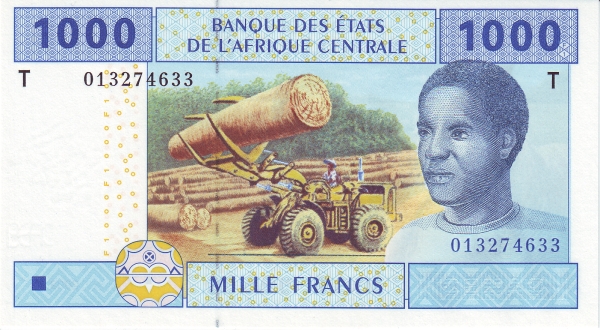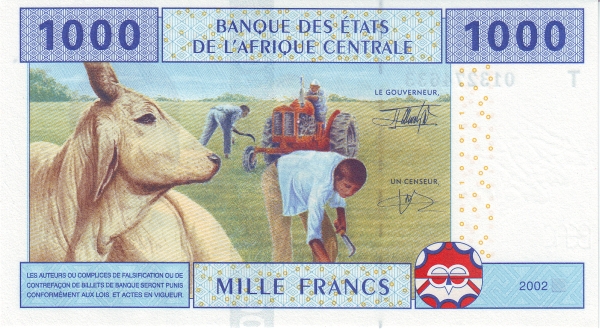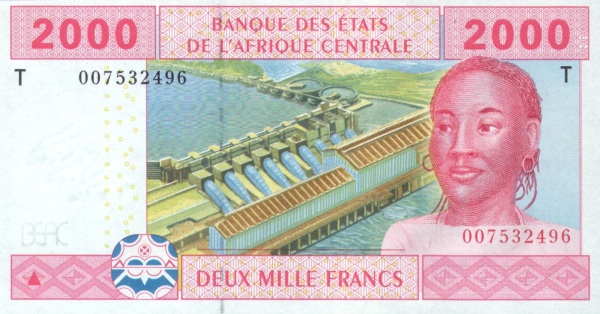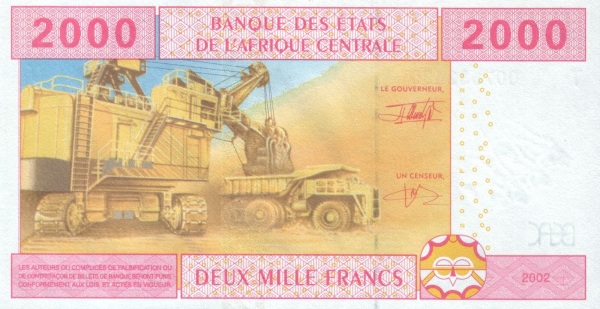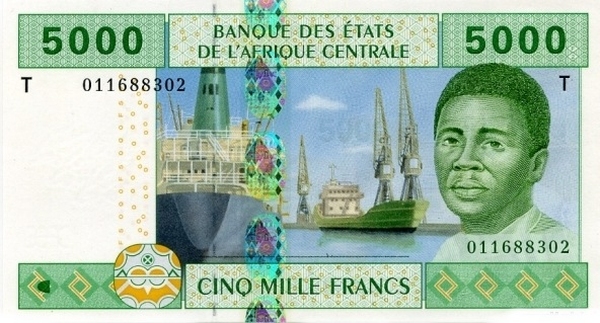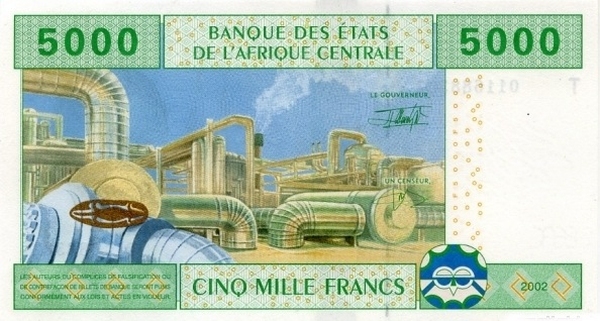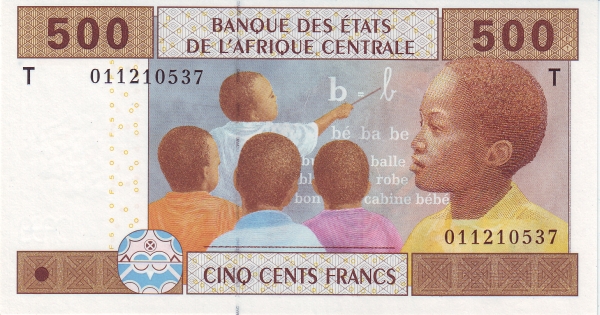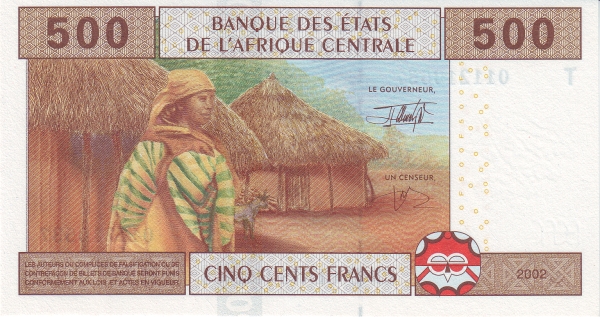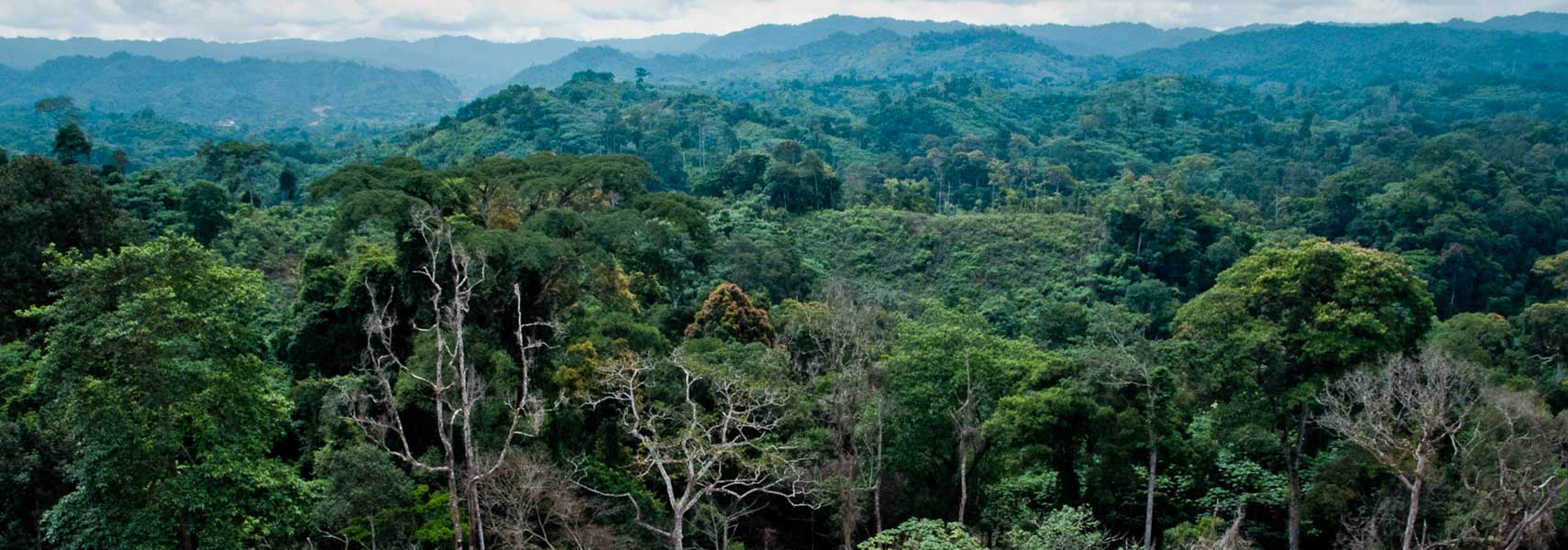Congo, Republic of: An Overview
Welcome to the Congo, Republic of, a fascinating nation located in the central-western region of sub-Saharan Africa. This vibrant country, often referred to as Congo-Brazzaville, straddles the Equator and showcases a unique blend of cultural heritage, natural beauty, and a rich history. Since gaining independence from French colonial rule in 1960, the Republic of the Congo has undergone transformative changes, shaping its identity on the global stage.
A Glance at Geography
The geographical features of the Congo, Republic of, arouse interest and curiosity. With a relatively compact area of 342,000 km²—slightly smaller than Germany—this nation boasts a brief coastline of merely 170 km along the South Atlantic Ocean. It shares borders with several countries, including Angola, Cameroon, the Central African Republic, the Democratic Republic of the Congo, and Gabon. The diverse terrain includes expansive equatorial forests in the northeast, savanna in the south, and coastal plains, creating a stunning backdrop for exploration.
Located just to the south of the Congo River, the capital city, Brazzaville, serves as the heart of the nation and stands in direct view of Kinshasa, the capital of the Democratic Republic of the Congo. This geographical closeness fosters a unique cultural exchange, evident in the daily lives of the residents on both sides of the river.
Historical Context
The journey of the Congo, Republic of, through history presents thrilling narratives. After achieving independence in 1960, the nation embraced a series of political experiments, notably a quarter-century of Marxism, which came to an end in the early 1990s. In 1992, Congolese citizens elected a democratic government, symbolizing hope for stability and progress. However, this newfound freedom faced challenges as a civil war erupted in 1997, culminating in the return of former Marxist President Sassou-Nguesso to power.
The aftermath of this turbulent period involved lingering ethnic unrest and a humanitarian crisis, as many refugees sought safety from the conflict. In March 2003, southern-based rebel groups reached a peace accord, setting the stage for a fragile calm. Despite the tumultuous past, the nation continues to look forward, leveraging its resources and potential for economic growth.
Government Structure
The Republic of the Congo operates as a republic with its independence celebrated on August 15, 1960. Following a nationwide referendum in January 2002, a new constitution came into effect, outlining the governance framework. Political stability remains a challenge, yet the country's leadership works tirelessly to improve the quality of life for its citizens.
Population and Society
With approximately 4 million residents, the population of the Congo, Republic of, showcases a rich tapestry of ethnic diversity. Comprising 15 primary Bantu groups, including the BaCongo, Vili, BaTeke, M'Bochi, and Sangha, the nation embraces over 70 subgroups. Notably, a small population of Pygmies, not ethnically related to the Bantu, contributes to this vibrant demographic landscape.
The Congolese people's beliefs also reflect profound diversity. Traditional religions account for roughly 50% of the populace, while Christianity is embraced by approximately 45%, and Muslim communities constitute around 2%. This blend of faiths fosters rich cultural traditions and practices throughout the nation.
Languages and Literacy
In terms of communication, French serves as the official language of the Republic of the Congo. However, national languages such as Lingala and Munukutuba are widely spoken, alongside regional languages like Kikongo, Sangho, Lari, and Vili. The literacy rates in the nation are encouraging, with approximately 89% for males and 78% for females, highlighting ongoing efforts to improve education.
Natural Resources and Economy
The Republic of the Congo stands as one of Africa's leading petroleum producers, showcasing immense potential for offshore development. Its rich natural resources extend beyond oil, encompassing wood, potash, zinc, uranium, copper, phosphate, natural gas, and hydropower. This wealth provides a solid foundation for economic growth and development.
Agriculture plays a crucial role in the nation's economy, with products including cassava, sugar, rice, corn, peanuts, vegetables, coffee, and cocoa cultivated across its fertile lands. Additionally, forest resources contribute valuable products to both local communities and export markets.
Industry and Trade
The industrial sector in the Republic of the Congo thrives primarily on petroleum extraction, cement production, lumber processing, brewing, and food processing. These industries not only support domestic needs but also foster trade relationships with international partners. In 2015, exports primarily reached China (42.1%), Italy (16.9%), and the USA (4.9%). Meanwhile, imports largely came from China (20.3%), France (14.2%), and South Korea (9.8%), reflecting the interconnectedness of the Congolese economy with global markets.
Climate and Environment
The climate of the Congo, Republic of, consists of a tropical profile characterized by equatorial weather patterns. The region experiences two marked seasons—half of the country lies above the Equator, while the other half resides below it. This climatic diversity contributes to the thriving ecosystems and lush landscapes seen throughout the nation.
Conclusion: Embracing a Bright Future
In summary, the Republic of the Congo represents a unique fusion of culture, resources, and history. Despite past challenges, its citizens work diligently toward a better future, utilizing the nation's rich resources and nurturing the diverse cultures that inhabit this vibrant land. As the Congo, Republic of continues to evolve, it undoubtedly holds immense promise for growth and development in the years ahead.
Largest cities of: Congo, Republic of
| City Name | Population | Year of foundation | |
| Brazzaville | 1,300,000 | 1880 | |
| Pointe-Noire | 800,000 | 1968 | |
| Dolisie | 125,000 | 1920 | |
| Ouesso | 120,000 | 1880 | |
| Owando | 100,000 | 1880 | |
| Impfondo | 80,000 | 1880 | |
| Mossaka | 70,000 | 1880 | |
| Kinkala | 50,000 | 1910 |
Congo, Republic of: Money
